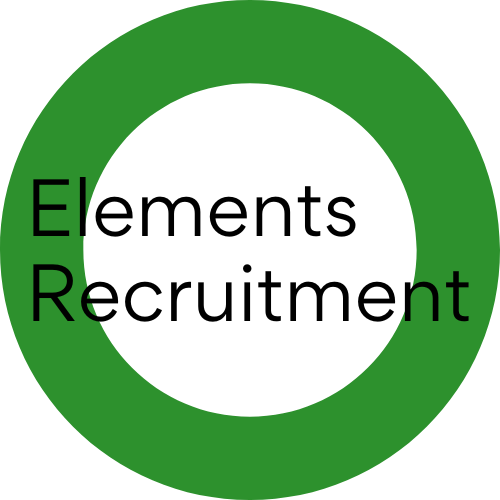Ageism at work: why experience is undervalued and how to change it
Early-career hiring gets plenty of focus, but what about those at the other end of the spectrum? Ageism continues to hold back experienced professionals, shutting organisations off from skills, insight and leadership they can’t afford to lose. At Elements Recruitment, we see senior talent as a driver of resilience and innovation, not a barrier. This blog explores the reality of age bias, the data that proves its impact, and how we help businesses embrace truly age-inclusive hiring.
The Reality of Ageism in Australia
Ageism is one of the most damaging and underreported forms of workplace discrimination. Despite rising skills shortages, employers continue to push experienced professionals to the margins.
Recent research from AHRC and AHRI shows just how stark the shift has become: 24% of employers now classify workers aged only 51–55 as “older” a dramatic rise from 10% in 2023. Even more concerning, only 56% of HR professionals say they are genuinely open to hiring over-50s ( AHRI Report ) ( Humanrights.gov ). This means thousands of capable, skilled workers are being overlooked not because of their ability, but because of outdated perceptions of age.
For workers, the impact isn’t theoretical it’s personal. The Gen Seen Report paints a confronting picture:
- 58% of Australians over 50 say ageism at work is common.
- 18% believe it is extremely prevalent.
- 83% feel undervalued.
- 78% say younger colleagues are favoured despite equal effort.
- 42% report feeling “less seen” or invisible after turning 50.
These aren’t just numbers. They show how thousands of Australians experience bias every day feeling sidelined, undervalued, and invisible in the very workplaces they’ve helped build. ( Gen Seen Report coverage ).
Why Ageism Hurts Business
Age bias doesn’t just harm individuals it weakens entire organisations. When employers overlook senior talent, the costs are real and measurable.
Talent waste: Dismissing older candidates shrinks the pool of skills and perspectives businesses desperately need. HumanRights.gov.
Economic cost: In the middle of ongoing skills shortages, shutting out experienced professionals leaves critical roles unfilled and productivity gaps wide open.
Lost resilience: Senior workers bring stability, institutional knowledge, and problem-solving experience that younger teams alone cannot replicate.
An age-diverse team doesn’t just feel good it performs better.
Ageism Cuts Both Ways
Older professionals often carry the heaviest weight of workplace bias, but younger workers face it too. Employers are frequently reluctant to hire under-24s, assuming they lack the maturity or reliability to succeed. At the other end of the spectrum, workers over 60 are dismissed on assumptions about health, flexibility, or energy.
The stereotypes may differ, but the outcome is identical: both groups are shut out of opportunities, and businesses end up with a narrower, weaker talent pipeline. Ageism isn’t just a senior issue it’s a whole-of-work issue.
Further reading: HelloCare , NY Post 2024 generational bias survey.
How We Approach Age-Inclusive Recruitment
At Elements Recruitment, we know bias doesn’t always show up in obvious ways. It often sits quietly in hiring decisions, shaping outcomes without anyone noticing. That’s why we’ve made it our business to call it out and change the way organisations think about age.
Blind by default – We strip out cues like graduation dates and unnecessary personal details, so candidates are judged on skills, not stereotypes.
Bias-aware hiring – We work with clients to challenge the myths like “older means inflexible” or “younger means unreliable” and replace them with evidence-based assessment.
Flexible pathways – We support phased retirement, part-time roles, and hybrid models that keep experienced professionals engaged and contributing
Celebrating senior success – We highlight the impact of senior hires who have lifted performance, shifted team culture, and brought fresh perspective.
Data-led advocacy – We use the latest research to start conversations, influence practice, and prove the case for age diversity. AHRI 2025.
What Employers Can Do Next
- Audit job ads to remove age-coded language that unintentionally shuts people out.
- Adopt skills-first screening so hiring decisions focus on capability, not assumptions.
- Offer flexible arrangements that keep experienced professionals engaged and productive.
- Track age diversity and measure outcomes to see where bias is still creeping in.
- Share success stories of age-diverse teams to shift perception and set an example.
None of these steps are difficult, but together they can reshape how organisations hire, retain, and empower people at every stage of their career.
Our Takeaway
At Elements Recruitment, we see ageism for what it really is: not just a social issue but a serious business risk. When organisations sideline senior talent, they don’t just exclude people they weaken their own ability to compete, adapt and grow.
We reject the idea that age defines potential. We back experience, create inclusive opportunities, and prove every day that age-diverse teams deliver stronger results.
For us, age inclusivity isn’t a compliance exercise. It’s a competitive edge. And the companies that embrace it will be the ones that thrive.
This perspective sits alongside our commitment to early-career hiring. From graduates just starting out to professionals with decades of expertise, we believe every stage of a career brings unique value. The future of work isn’t about choosing between youth and experience it’s about combining them to build teams that last. For more on this, see our guide on future-proofing your workforce by hiring early career talent.
Talk to us about how we can help you build a truly age-diverse team.






